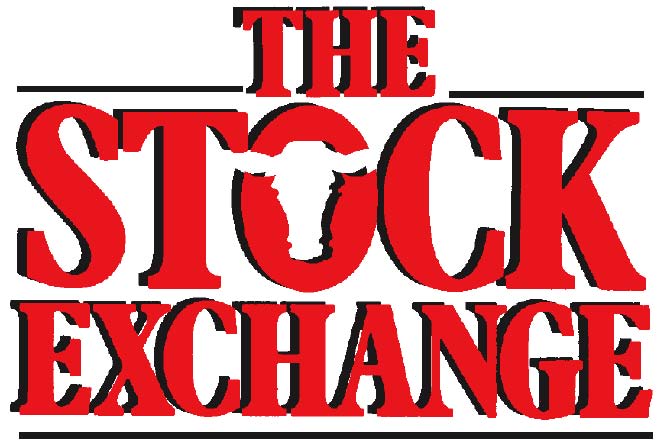Ol’ Man Winter is a Thief!
Jeff Lehmkuhler, PhD, PAS, Beef Extension Specialist, University of Kentucky Last winter we had a dramatic increase in the number of cattle deaths compared to previous winters. Excessive rain contributed to these losses and led to wet haircoats and mud conditions in the fields. In the midst of last year’s muddy conditions, we did a series of meetings discussing the effects of rain and mud. I discussed the impacts of wet haircoats on…
